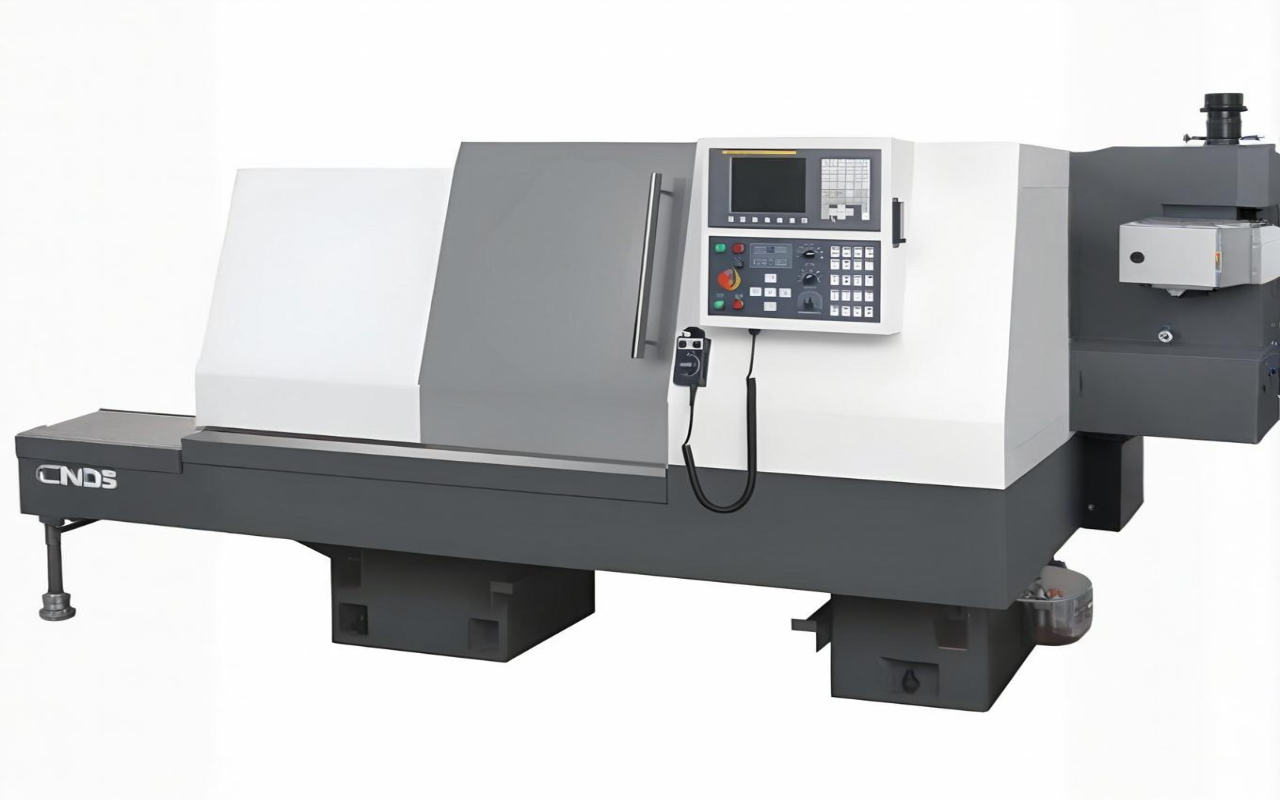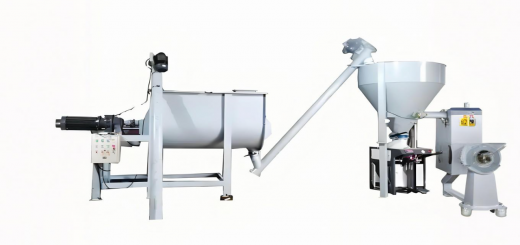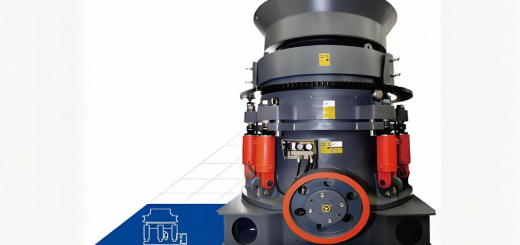CNC Lathe: Automated Turning for Symmetrical Wood Components

What is a CNC Lathe?
A CNC lathe rotates wood blanks while computer-guided tools shape them into symmetrical objects like table legs, baseball bats, or architectural columns with 0.01mm radial accuracy.
Types of CNC Lathes
- 2-Axis Lathes
- Basic turning/grooving (e.g., chair spindles).
- Multi-Axis Lathe-Mills
- Adds drilling/milling for complex geometries (e.g., balusters).
- Swiss-Style Lathes
- For ultra-precise small parts (knobs, chess pieces).
- Vertical Lathes
- Handles large-diameter bowls (up to 1.5m).
Key Advantages
- Speed: Turns a table leg in 2 minutes vs. 30+ manually.
- Consistency: 500 identical parts with zero variance.
- Complexity: Cuts flutes, beads, and coves in one setup.
- Material Savings: 20% less waste than manual turning.
Applications
- Furniture: Stair newels, pedestals.
- Sports Equipment: Wooden bats, bowling pins.
- Art: Sculptural vessels.
Operation Steps
- Blank Mounting: Secure between centers/chuck.
- Tool Calibration: Set gouge/scraper offsets.
- Programming: Input diameter profiles.
- Turning: Tools engage at 500–3,000 RPM.
- Sanding: Automated abrasive belts polish surfaces.
Innovations
- Live Tooling: Adds radial holes mid-turn.
- AI Shape Detection: Scans grain to optimize cuts.






